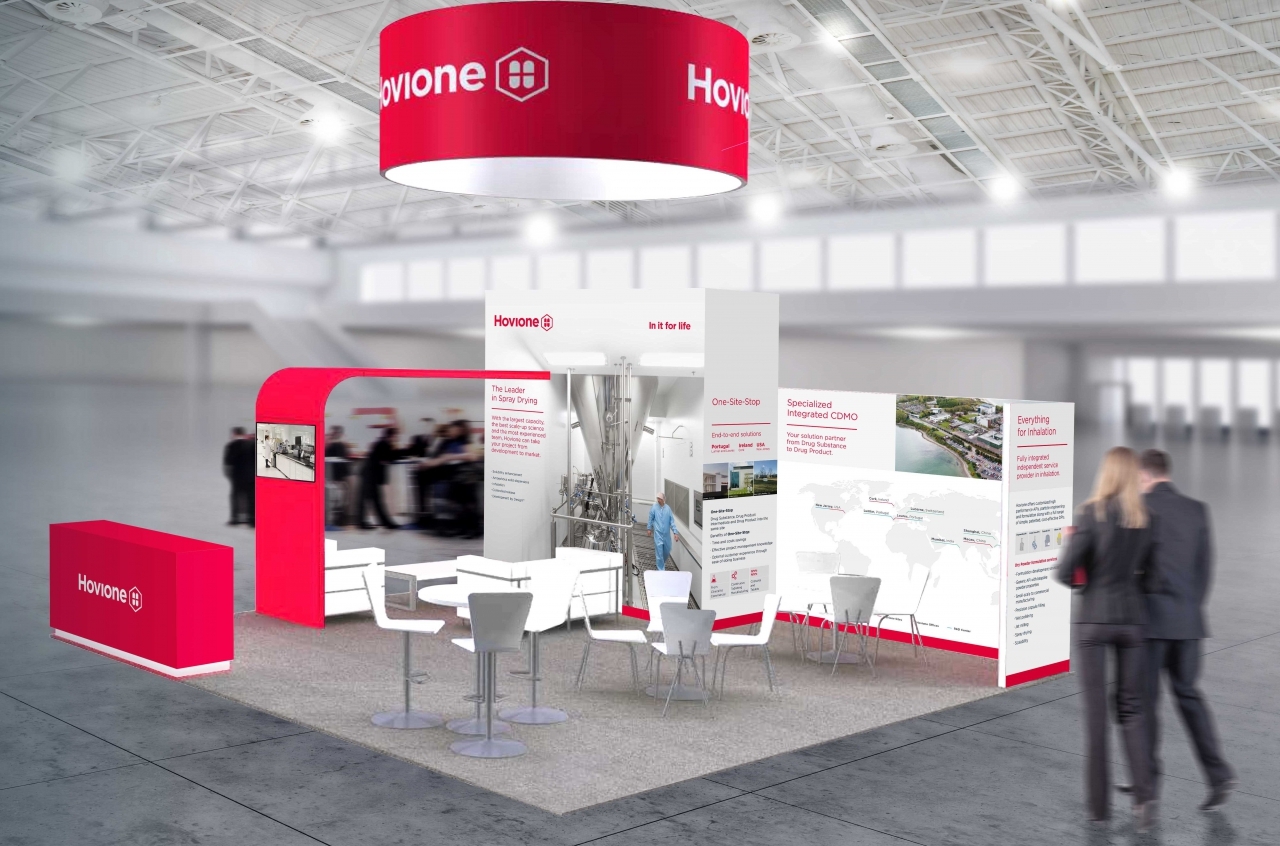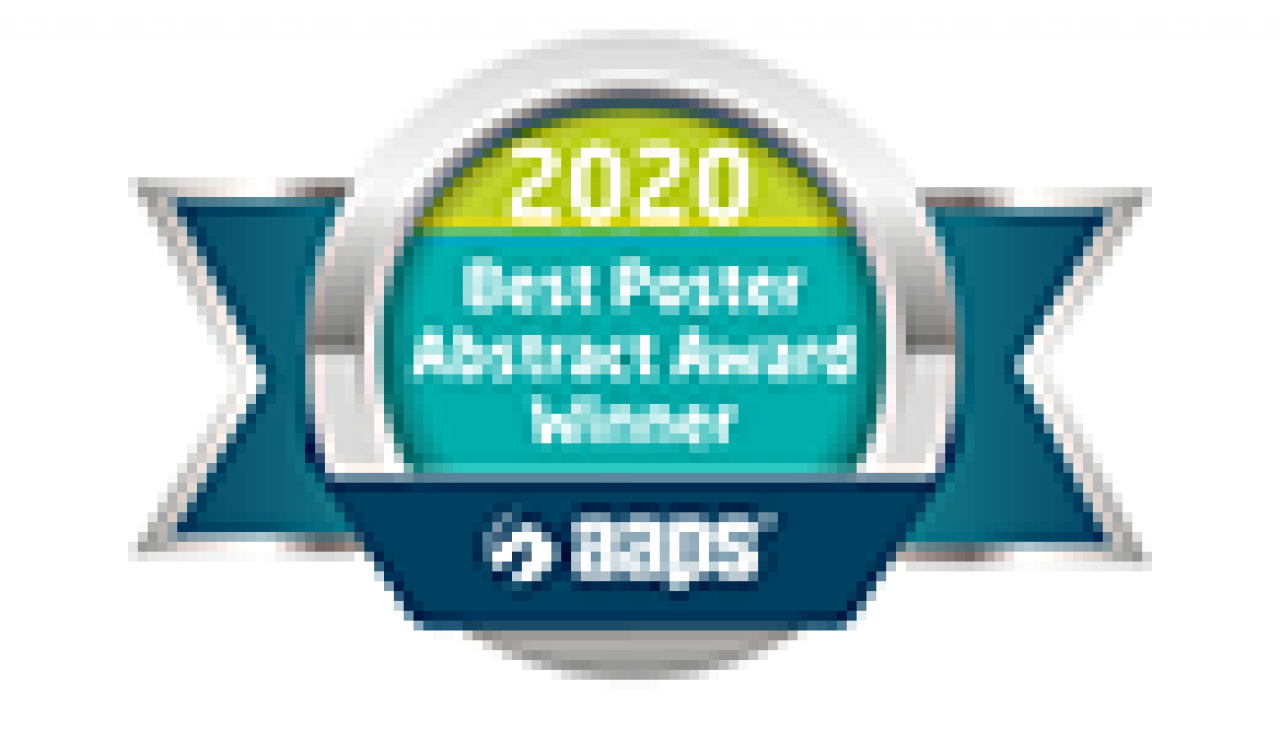Press Room
AAPS 2020

At Hovione, your Drug Development success is our matter. Discover how our science and technologies can help you.
As a fully integrated CDMO and leader in pharmaceutical spray drying, we offer to your project:
- The best scale-up science
- The most up-to-date technologies and methodologies
- Multidisciplinary experienced teams
- State-of-the-art facilities
- and growing capacity to help your projects succeed
Join Hovione Scientists virtually at 2020 AAPS PharmSci360 and find out more about the latest research and innovations.
Scientific Research POSTERS:
|
Mastering Chemical Reactions on API Synthesis with Quantum Mechanics |

|
The American Association of Pharmaceutical Scientists |
Other Posters |
|
Amorphous Solid Dispersions for Nasal Delivery: Development, Characterization and Aerodynamic Performance |
| Benchmarking Formulation and Process Approaches to Poorly Flowing Spray Dried Dispersions for Downstream Processing Slavomíra Doktorovová, PhD |
|
Establishing a Proactive Behavior Through Method Lifecycle: Method Performance Verification Contribution |
“Rapid Fire” PRESENTATIONS |
| Oct. 27 | 4:15 - 4:30 PM EST | Manufacturing and Analytical Characterization Material Sparing Approaches for Right First-time Fast Track Tablet Development Slavomíra Doktorovová, PhD |
|
Nov. 3 | 9:15 - 9:30 PM EST | Formulation and Delivery |
If you have a drug development challenge, schedule a meeting with us.

